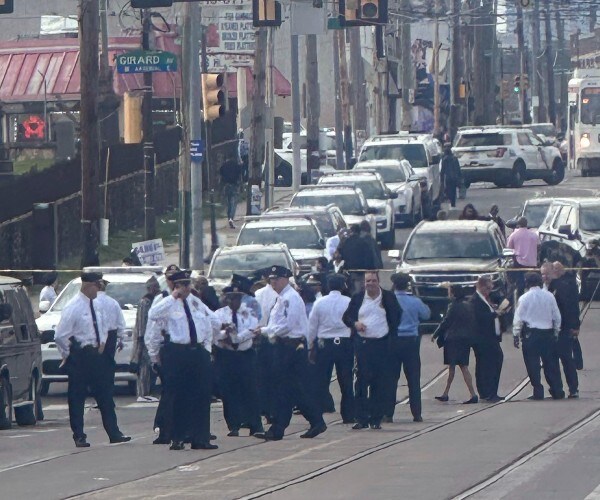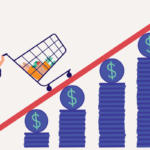On Wednesday, April 10, 2024, a joyful celebration of the end of Ramadan, Eid al-Fitr, was held outside a large mosque in Philadelphia’s Parkside neighborhood. However, the event took a chaotic turn when rival groups exchanged gunfire, leaving at least three people injured and hundreds of parents and children fleeing in search of safety.
The gunfire erupted around 2:30 p.m., causing panic among the nearly 1,000 attendees. Five people, including a 15-year-old boy who sustained leg and shoulder wounds after being shot by police, were taken into custody. The police vehicle responding to the 911 calls struck a young child who was fleeing the park, causing a leg injury.
The motive for the shooting is not yet clear, but the suspects include four males and a female. Witnesses described running to tents set up near the park, hiding behind trees, and dropping to the pavement to avoid the gunfire, trying to shield children. Others ran inside the nearby school and mosque and began frantically searching for their children and loved ones.Community leaders and residents are reeling after the shooting, which interrupted the Eid al-Fitr celebration.
Police investigated the aftermath late Wednesday afternoon, and members of the Masjid began pushing large brooms to clean up the debris left in the street and on the sidewalk.The incident is a stark reminder of the issues facing the community, particularly concerning youth engagement in gun violence. Local law enforcement is collaborating with federal partners, including the Bureau of Alcohol, Tobacco, Firearms and Explosives and the FBI, to investigate the shooting.
The motive for the shooting is not yet clear, and the investigation is ongoing. However, the incident highlights the need for continued efforts to address gun violence and ensure the safety of all community members, particularly during celebratory events. The community is urged to come forward with any information that may help in the investigation.
History of gun violence in Philadelphia
Gun violence in Philadelphia has been a persistent problem for several years, with record levels of homicides and shootings reported in recent years. In 2022, the city recorded 512 homicides, the highest number in at least six decades, and nearly 1,800 people were shot and survived.
The majority of the victims were young Black men, with the violence intensely concentrated in neighborhoods where poverty, blight, and other systemic disadvantages collide. The rise in gun violence has been accompanied by an increase in other crimes, such as commercial burglaries, retail thefts, and auto thefts, as well as robberies involving guns. The COVID-19 pandemic has also been linked to the surge in gun violence, with criminologists pointing to a mix of unique and competing factors, including record-high gun sales, political and social unrest, and societal and economic upheaval.
The impact of gun violence extends beyond the immediate victims and their families, affecting entire communities and causing widespread trauma. The crisis has led to calls for widespread trauma therapy as a potential solution to prevent gun violence.Efforts to address gun violence in Philadelphia have included increased police presence in high-crime areas and the transfer of officers to the city’s most violent districts. However, the root causes of the violence, such as poverty, inequality, and lack of opportunities, require more comprehensive solutions.Community organizations and social welfare programs have demonstrated the effectiveness of social housing, education, mentorship, recreation, and access to employment in reducing poverty and violent crime. However, policymakers and city officials continue to invest more in policing than in social welfare programs, resulting in hundreds of millions of dollars being divested from schools, libraries, community centers, and public housing each year.
In conclusion, the history of gun violence in Philadelphia is complex and multifaceted, with deep-seated social and economic issues contributing to the crisis. Addressing gun violence requires a comprehensive and equitable approach that addresses the root causes of the violence and invests in communities and social welfare programs.





